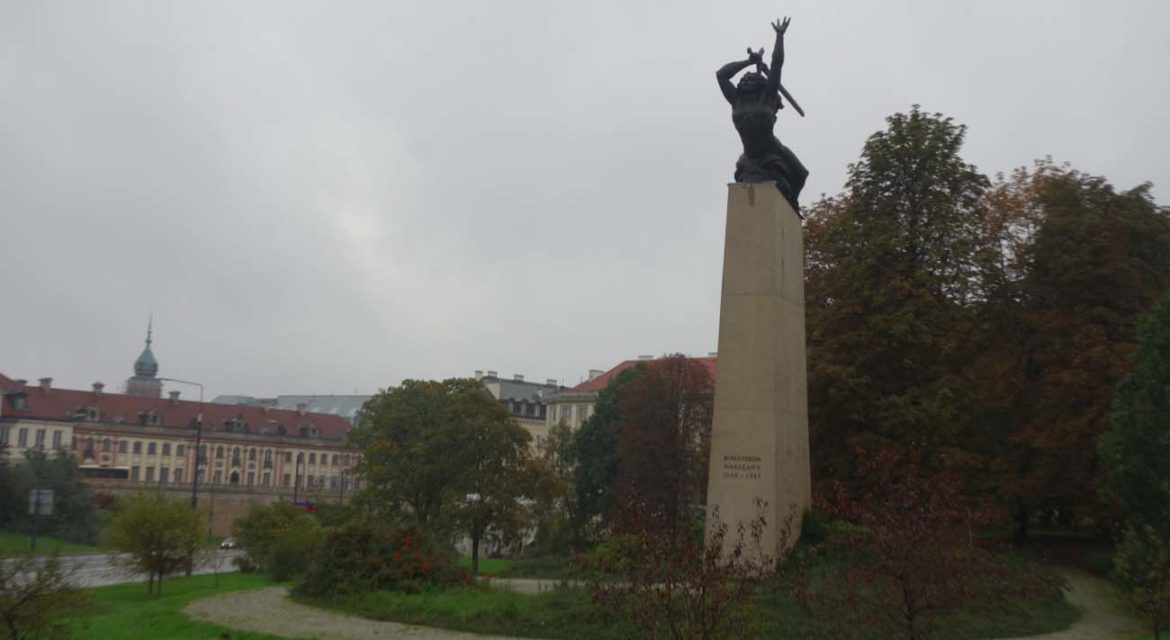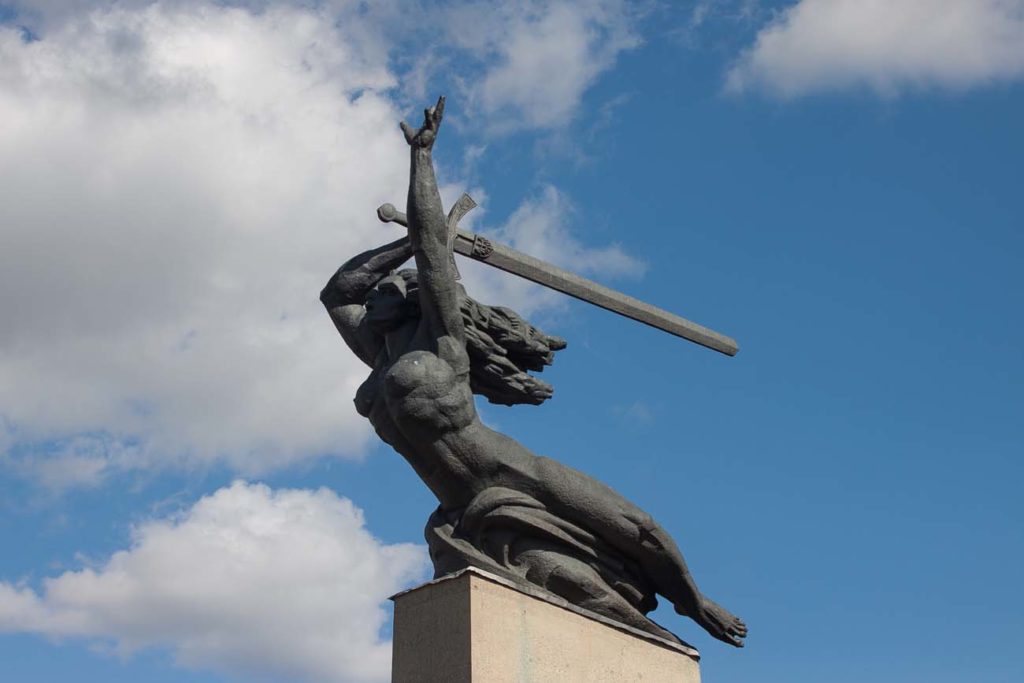 The Monument to the Heroes of Warsaw, better known by locals as the Warsaw Nike, commemorates the people who died in Warsaw between 1939-1945. That includes the participants of the defense of Warsaw in September 1939, participants of the Warsaw Ghetto Uprising and the Warsaw Uprising, and the victims of the German terror during the occupation. However, it’s impossible to discover any of that information from the monument itself, which is part of the reason it’s not one of the top draws in Warsaw for either residents or tourists.
The Monument to the Heroes of Warsaw, better known by locals as the Warsaw Nike, commemorates the people who died in Warsaw between 1939-1945. That includes the participants of the defense of Warsaw in September 1939, participants of the Warsaw Ghetto Uprising and the Warsaw Uprising, and the victims of the German terror during the occupation. However, it’s impossible to discover any of that information from the monument itself, which is part of the reason it’s not one of the top draws in Warsaw for either residents or tourists.
While the potential for the Warsaw Nike to be something truly monumentous is evident, numerous elements associated with the location and experience need to be sorted out before that can happen. These factors will ultimately decide what kind of an economic and cultural impact it might be able to create for the city and region.
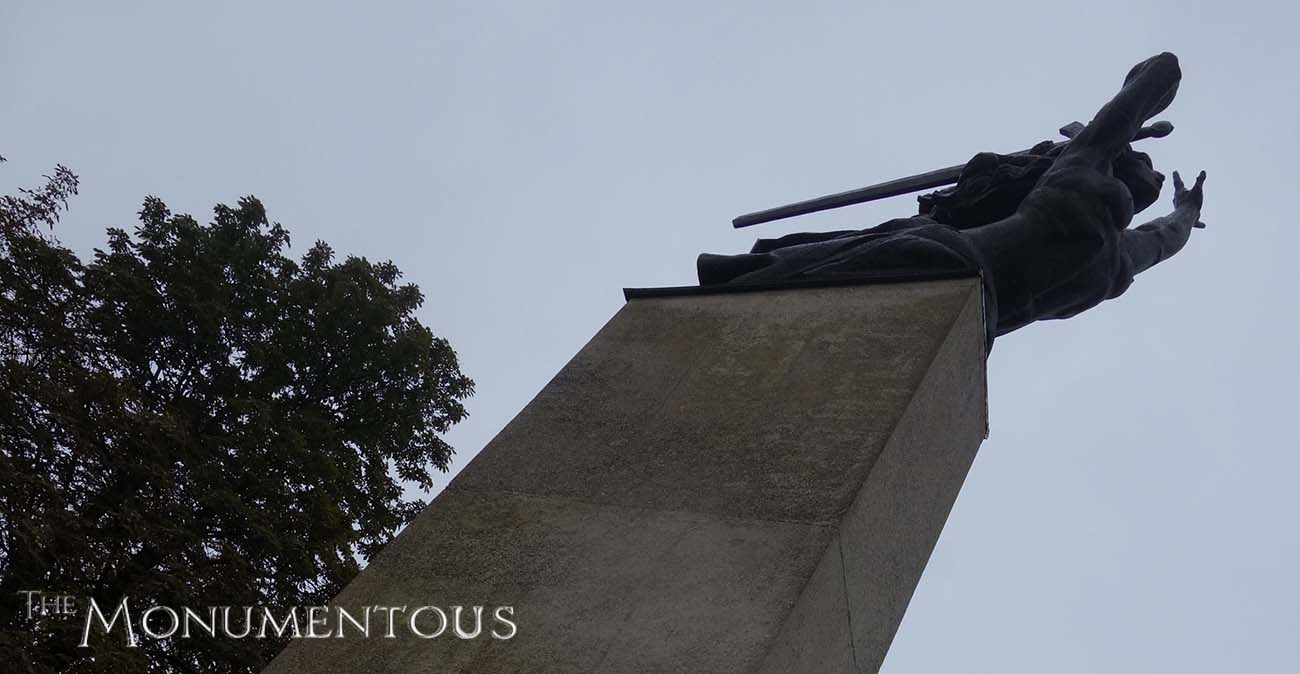
To the Heroes of Warsaw
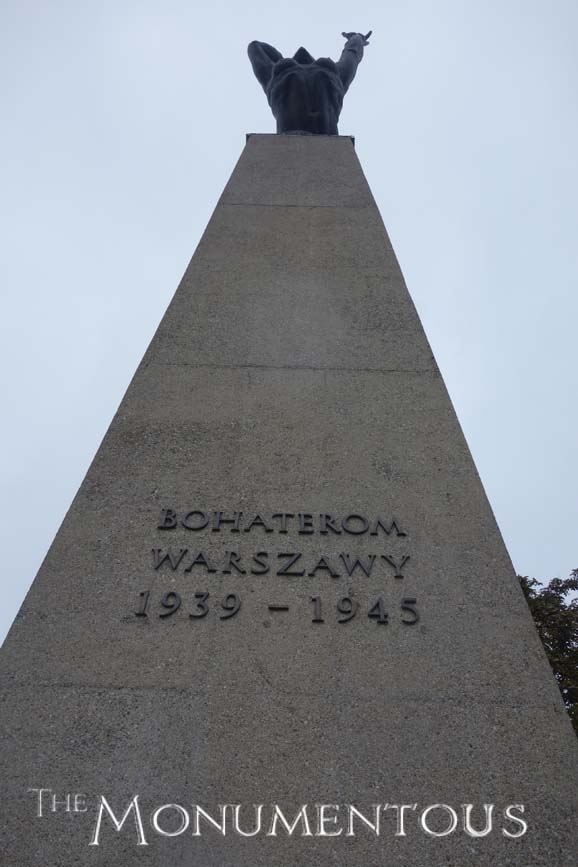 The Warsaw Nike depicts a reclining woman rising up with hands raised and a sword held in her right hand sits on a 14-meter (45ft) pedestal. The words, “Bohaterom Warszawy 1939-1945” (“To the Heroes of Warsaw 1939-1945”) are inscribed on the pedestal, perfectly representing those who died in World War II. However, visitors used to have a very different interaction with those words and the statue itself.
The Warsaw Nike depicts a reclining woman rising up with hands raised and a sword held in her right hand sits on a 14-meter (45ft) pedestal. The words, “Bohaterom Warszawy 1939-1945” (“To the Heroes of Warsaw 1939-1945”) are inscribed on the pedestal, perfectly representing those who died in World War II. However, visitors used to have a very different interaction with those words and the statue itself.
In 1956, the National Council of the Capital City of Warsaw made the decision to raise the monument. After a lengthy competition, the model of the Warsaw Nike was chosen. Designed by Marian Konieczny, the monument was unveiled in 1964 at the Theatre Square in Warsaw, directly in front of the Grand Theatre on a small pedestal. However, in the 1990s, plans to reconstruct the buildings around the area meant the statue had to be moved to another location.
Today, the monument resides next to the East-West thoroughfare, near the Old Town tunnel. Placed here in 1997, this relocation has had a major impact on the experience visitors have with the statue.
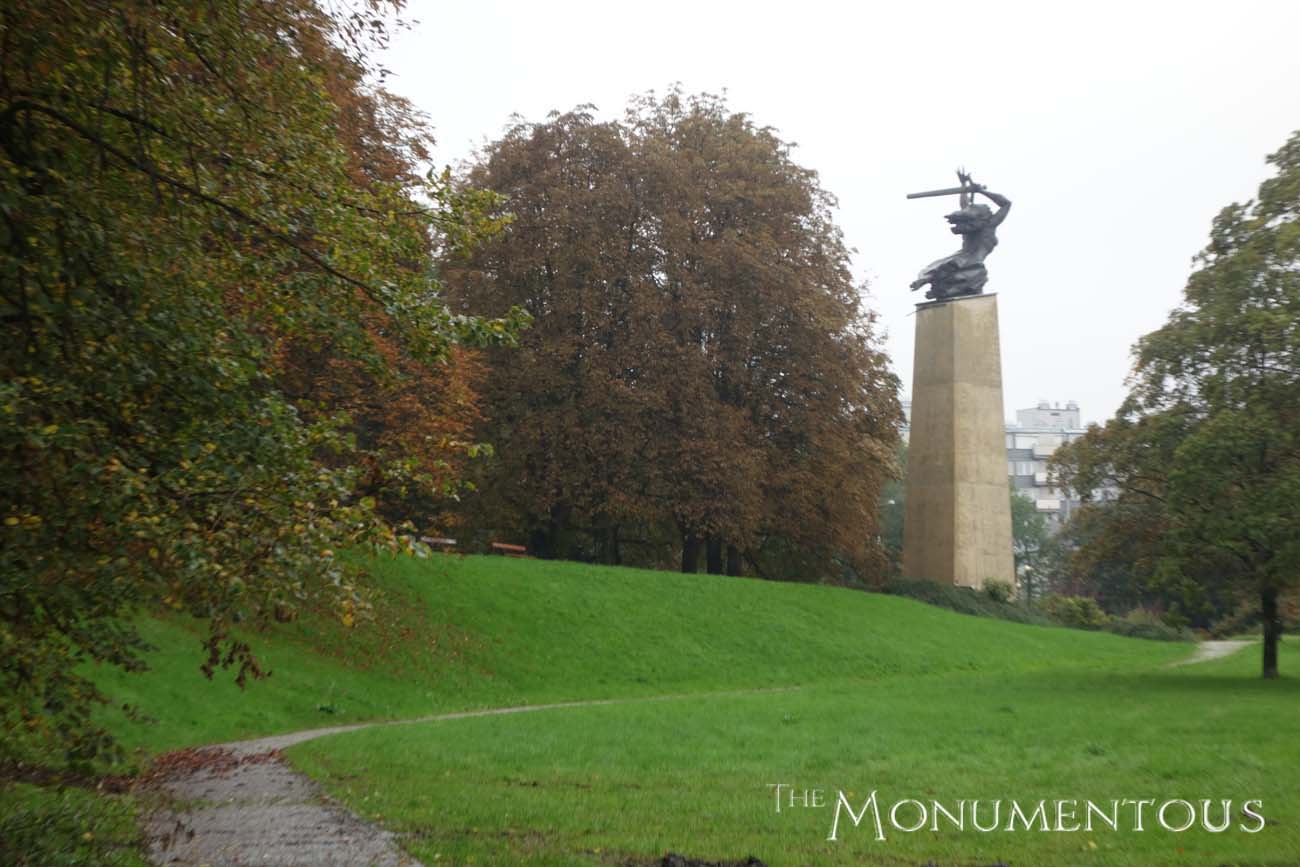
A Separation Between the Statue and the Viewer
While the 14-meter pedestal doesn’t take the statue completely out of view, that height makes it impossible for viewers to actually engage with the statue. It’s an issue that wasn’t nearly as pronounced in the original location of the monument, partly because the pedestal was lower, but also because of the foot traffic that was constantly in the area. The current location is a major thoroughfare for cars, but not foot traffic. All of this has created a separation between the statue and the viewer that goes much deeper than the literal distance between the two.
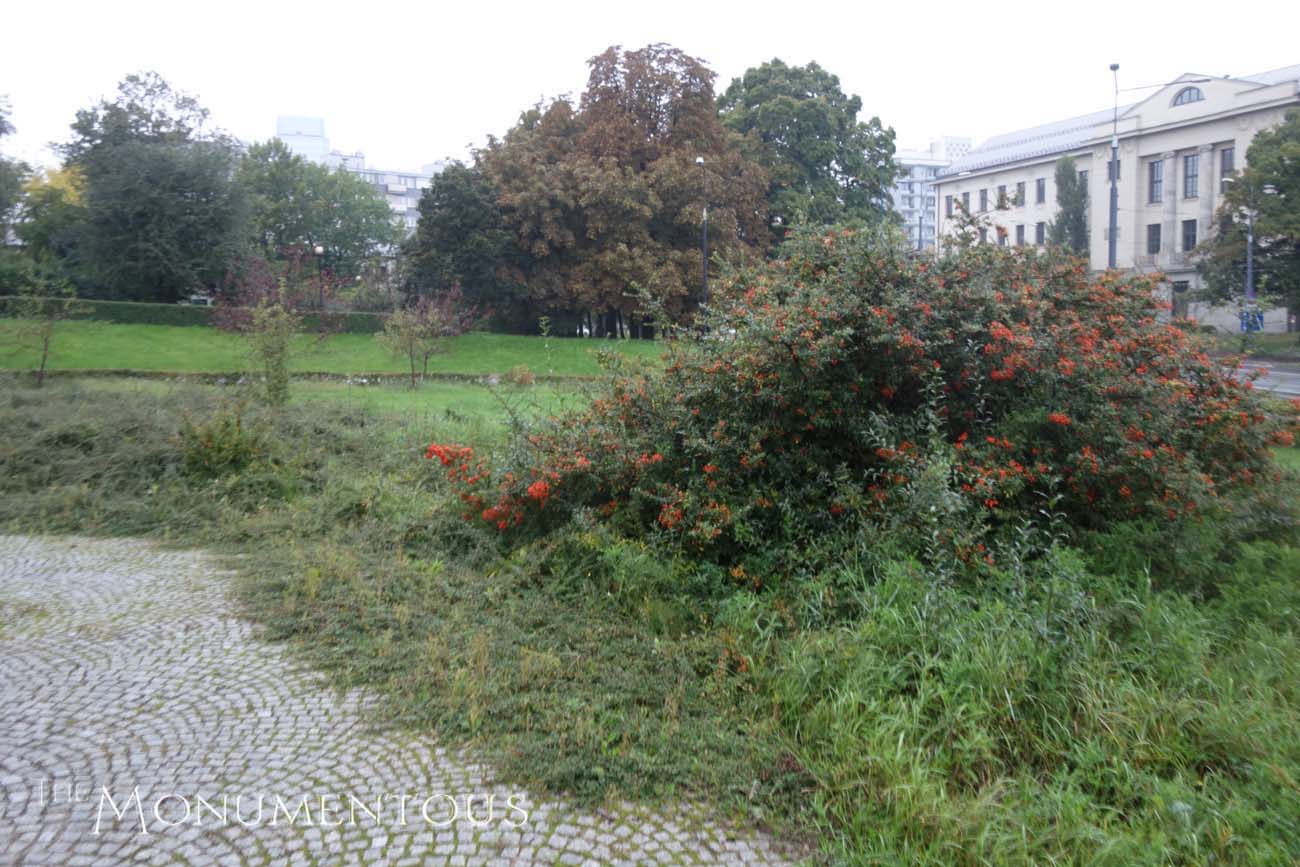 Some of this separation could be mitigated with an experience that welcomed viewers who do make their way over, but the current overgrowth and assortment of walking paths don’t create a welcoming experience. The overgrowth makes it look like visitors aren’t even welcome here, while one of the paths near the statue literally leads to nowhere.
Some of this separation could be mitigated with an experience that welcomed viewers who do make their way over, but the current overgrowth and assortment of walking paths don’t create a welcoming experience. The overgrowth makes it look like visitors aren’t even welcome here, while one of the paths near the statue literally leads to nowhere.
A symbol to commemorate everyone who died in Warsaw between 1939-1945 makes for a worthwhile monument, but the fact that there’s no additional information or context about this history is a major shortcoming. With statues in other locations of the city that commemorate the Warsaw Uprising, as well as the Jewish Ghetto Memorial, there’s a lot of history that could be displayed, as well as information about these other memorials. Sadly, there isn’t a single piece of information displayed near the Warsaw Nike that provides any of this material.
These shortcomings don’t take anything away from the actual 10-ton sculpture, which at 7 meters high and 6 meters long is impressive in both size and scope. Unfortunately, it’s difficult to appreciate any of these details given the current setup.
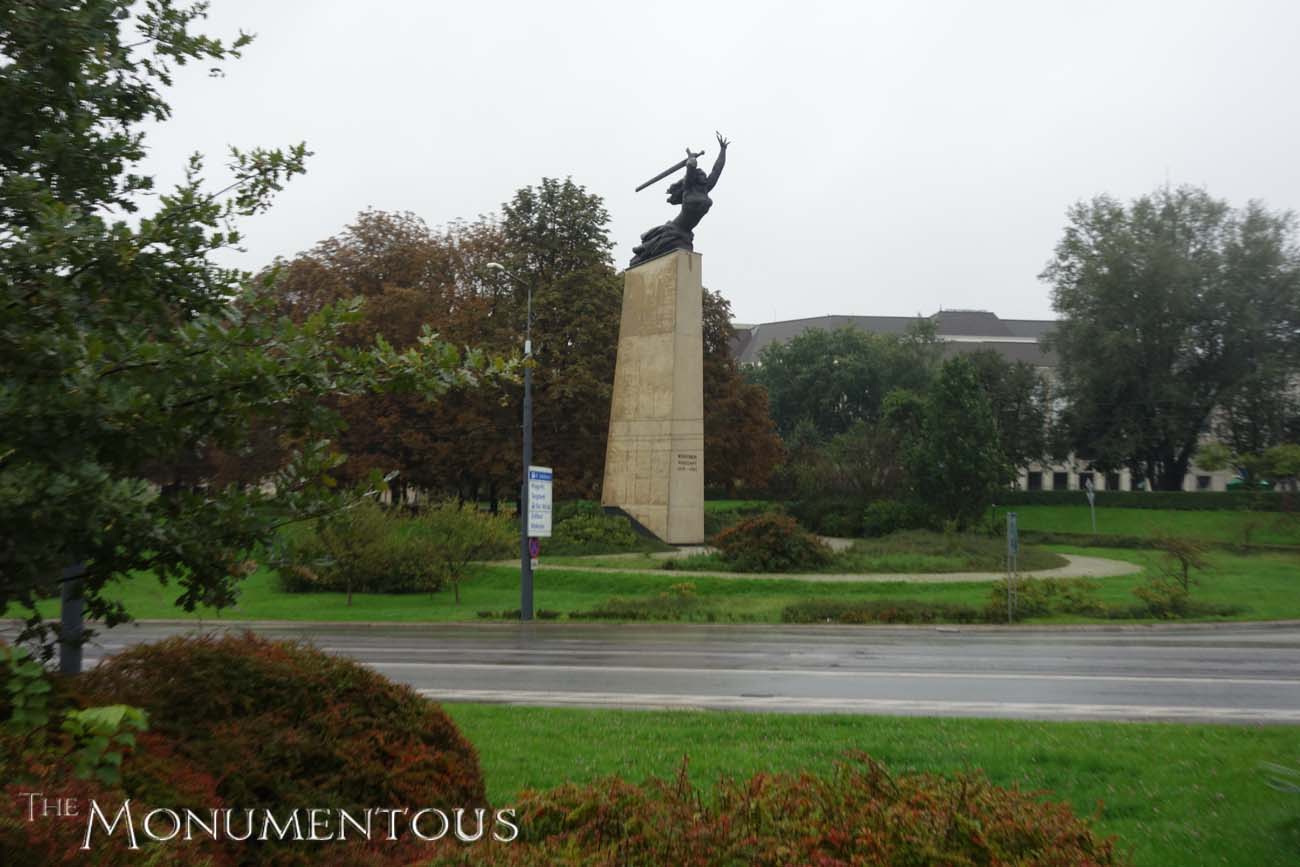
The Importance of Context
One of the biggest missed opportunities at the Warsaw Nike concerns an up-close experience with the statue that could easily have been created. Creating that experience in this kind of public setting is essential. The ability to ascend a set of stairs and get a closer look at a statue along with the city itself is something that creates an attraction for residents and tourists, and could have easily been built here. The fact that it hasn’t keeps visitors at a distance, which has curbed the appeal.
That issue might not have ever been noticed in the monument’s original location, since the Theatre Square in Warsaw allowed the statue to be appreciated and interpreted in a very specific way. However, much of that was lost when it changed location. Little thought was given around how to re-contextualize the piece, which underscores the importance assessing how a given location can and will work with a monument.
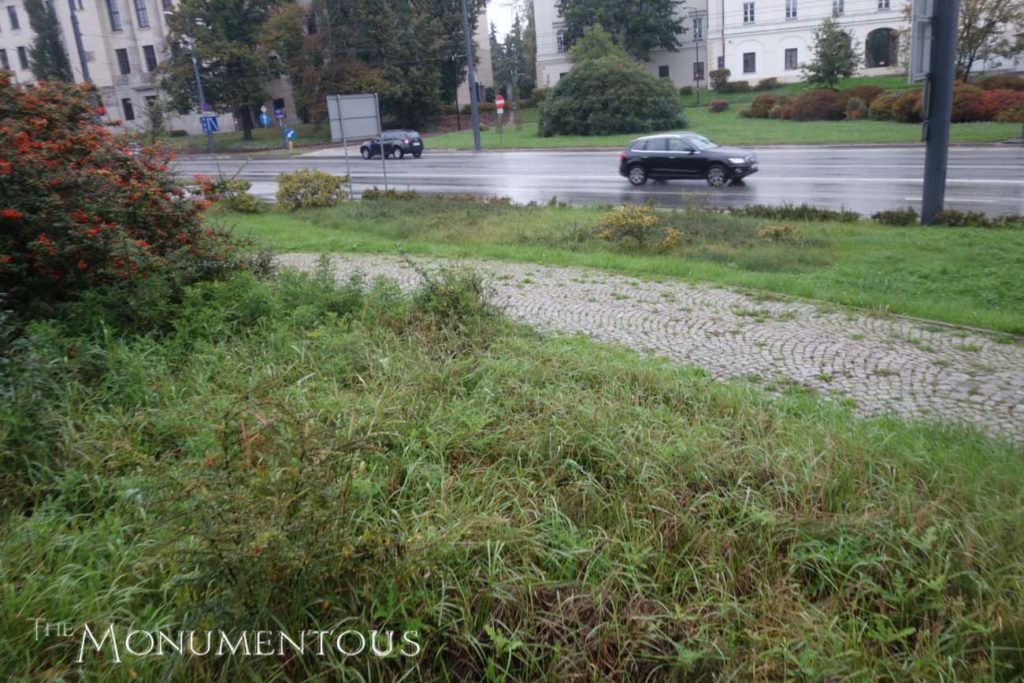 The literal context that can be enabled in a location is just as important of a consideration though, and that’s evident at the Warsaw Nike. Any effort to cut back on the overgrowth or post a plaque that details what this monument is commemorating would go a long way towards creating a more welcoming and relevant experience for viewers.
The literal context that can be enabled in a location is just as important of a consideration though, and that’s evident at the Warsaw Nike. Any effort to cut back on the overgrowth or post a plaque that details what this monument is commemorating would go a long way towards creating a more welcoming and relevant experience for viewers.
All of these details are proof that building a hospitable environment is not necessarily about a monument itself, but more about how it fits into an area, and what kind of experience it creates for viewers. These considerations were taken into account at the original location of the Warsaw Nike, but unfortunately they haven’t been adequately thought through in the current location.
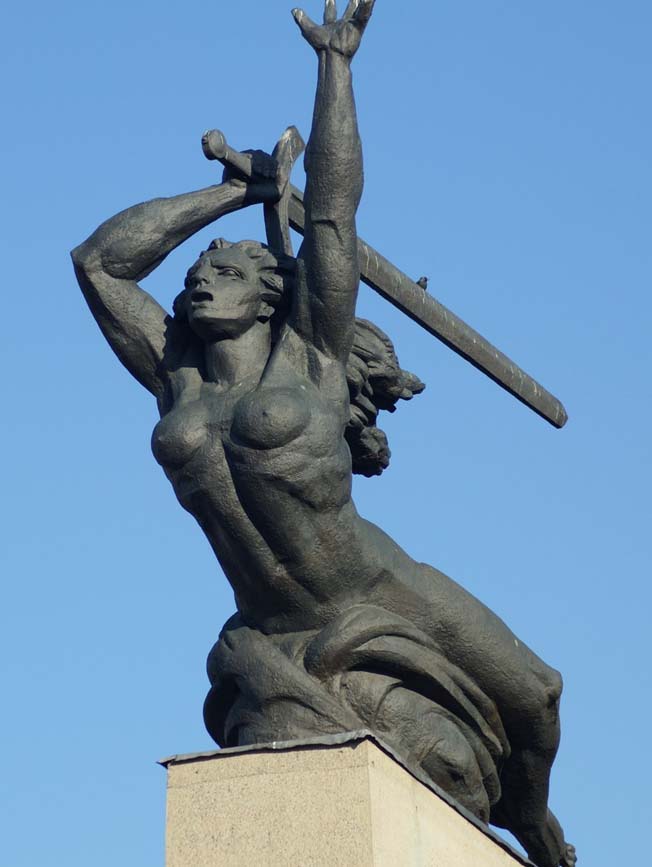 The opportunity to make the Warsaw Nike something truly monumentous is right in front of viewers and stakeholders, but taking advantage of this potential requires a recognition of the importance of context and what it means to create an experience. When these elements aren’t considered, the cultural and economic opportunities that such structures might otherwise enable are lost.
The opportunity to make the Warsaw Nike something truly monumentous is right in front of viewers and stakeholders, but taking advantage of this potential requires a recognition of the importance of context and what it means to create an experience. When these elements aren’t considered, the cultural and economic opportunities that such structures might otherwise enable are lost.
